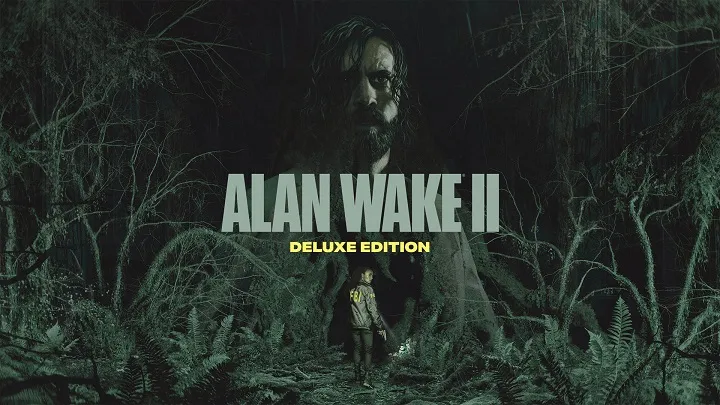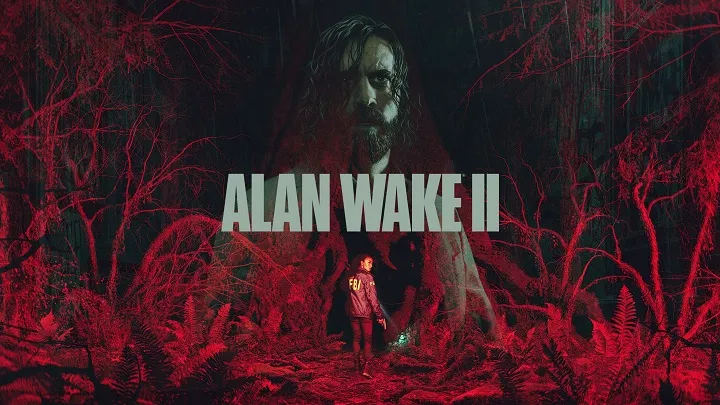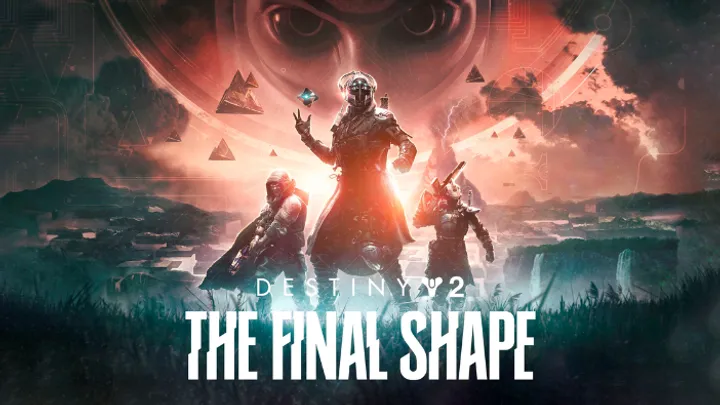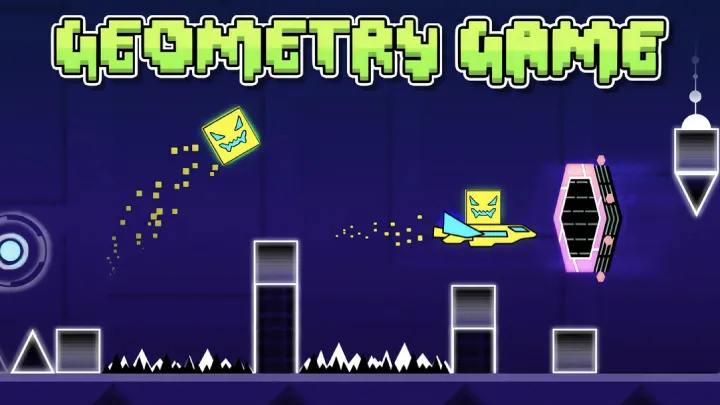Alan Wake II, developed by Remedy Entertainment, is more than just a sequel—it is the transformation of a cult psychological thriller into a fully realized survival horror masterpiece. Released over a decade after the original Alan Wake, this installment dives deeper into horror, narrative complexity, and cinematic immersion. It combines Remedy’s signature storytelling with tense, resource-driven gameplay that immerses players in one of the most unsettling atmospheres ever created.
This article explores the full experience of Alan Wake II through ten stages of discovery, from the opening hours to the emotional conclusion, highlighting its mechanics, atmosphere, and the profound psychological depth that defines the game.

First Hours – A Return to Darkness
The opening of Alan Wake II introduces players to the quiet town of Bright Falls and its chilling surroundings. For newcomers, the game quickly establishes its identity as a survival horror experience rather than a traditional action thriller. For fans of the first game, this opening immediately signals a darker, slower, and more terrifying direction.
You begin by stepping into the shoes of Saga Anderson, an FBI agent investigating mysterious ritual murders. This perspective grounds the story in realism before Alan Wake himself appears, still trapped in the nightmarish Dark Place. The parallel stories create immediate intrigue, raising questions about how both narratives connect.
First Encounters – Fear Becomes Survival
The early encounters in Alan Wake II show just how different the combat feels compared to the first game. Ammunition is scarce, enemies are relentless, and the flashlight becomes your most valuable tool. Every encounter carries tension—you must carefully manage resources and use the environment to survive.
The shift to survival horror is deliberate. Unlike the more action-driven original, every enemy here feels like a serious threat. This creates constant pressure, forcing players to weigh every shot and every decision carefully.
Story Layers – Dual Protagonists, Dual Realities
One of the most distinctive features of Alan Wake II is its dual protagonist system. Saga Anderson offers grounded detective gameplay—searching crime scenes, analyzing evidence, and piecing together clues that reveal the supernatural underpinnings of Bright Falls.
Alan Wake’s sections are more surreal, taking place in the Dark Place. His reality is fluid, blending horror, mystery, and dreamlike imagery. His journey is not only physical but also psychological, as he attempts to write his way out of his prison. The constant shift between Saga’s investigations and Alan’s torment creates a rhythm that balances logic and chaos.
Exploration – Bright Falls and the Dark Place
Remedy has built two interconnected but distinct worlds. Bright Falls and its surrounding areas are grounded in eerie realism. Forests, lakes, and small-town streets feel alive with detail, yet always tinged with unease.
In contrast, the Dark Place is twisted, constantly shifting, and filled with surreal imagery. Buildings bend in impossible ways, shadows move unnaturally, and entire locations morph based on Alan’s writing. This visual design reinforces the game’s psychological themes, making exploration unsettling but rewarding.

The Case Board – Detective Work Evolved
A standout mechanic for Saga Anderson is the Case Board, an interactive tool where players organize clues, evidence, and theories. It is not simply a menu—it feels like a detective’s mind mapped onto the screen.
This feature adds depth to investigation, giving players a sense of agency in solving mysteries. It blends traditional survival horror exploration with detective gameplay, making Saga’s story feel personal and immersive.
Combat and Light – Tools of Survival
Combat in Alan Wake II revolves around the interplay of darkness and light. Enemies are shielded by shadows, requiring the flashlight’s focused beam to weaken them before physical weapons can finish the job. This mechanic ensures that every encounter is about more than just aiming and shooting—it is about timing, precision, and resource management.
The addition of melee weapons, limited ammunition, and more aggressive enemies means survival requires caution. The flashlight and flares are more than tools; they are lifelines in a world where darkness is always encroaching.
Atmosphere – Sound, Visuals, and Fear
Remedy’s Northlight engine powers some of the most stunning visuals in modern horror gaming. Forests sway realistically, rain lashes down on abandoned roads, and shadows consume entire areas. Every detail contributes to an oppressive sense of dread.
Sound design is equally crucial. Binaural audio whispers from every direction, making players feel the voices in Senua’s head from Hellblade—but in Alan Wake II, it is the darkness itself that seems to breathe around you. Every creak of wood, every gust of wind, and every distorted voice adds to the sense of paranoia.

Narrative Depth – Lies, Stories, and Reality
At its core, Alan Wake II is about storytelling itself. Alan is a writer whose words can shape reality, but whose creations often spiral out of control. Saga is an investigator who searches for truth but discovers that lies and stories have as much power as facts.
The duality of lies and truth, story and reality, is woven into every decision the player makes. Manuscripts and narrative fragments deepen the lore, while player choices influence the unfolding events. This meta-narrative makes Alan Wake II more than a horror game—it is a meditation on creativity, control, and madness.
Progression and Replayability
The branching nature of Alan Wake II ensures replayability. Choices, discoveries, and exploration all affect how the story unfolds. Some endings can only be seen by making specific narrative decisions, encouraging players to revisit the game.
The depth of the narrative, combined with the detective gameplay, ensures that no two playthroughs feel identical. Just as importantly, the game rewards careful exploration with lore that connects to Remedy’s broader “Connected Universe,” including ties to Control.
Emotional and Psychological Impact
Alan Wake II is not just about monsters or darkness—it is about fear of the unknown, the fragility of the human mind, and the weight of creativity. Alan’s struggle with the Dark Place mirrors the struggles of artists trapped by their own creations. Saga’s investigation mirrors humanity’s need for truth, even in the face of overwhelming horror.
The psychological depth is what sets Alan Wake II apart from most survival horror games. It leaves players not only frightened but also reflective about the power of stories and the consequences of lies.
Pros and Cons
Pros
- Deep, multi-layered narrative with dual protagonists
- Stunning visuals and sound design
- True survival horror mechanics with resource management
- Unique Case Board detective system
- Replayability with multiple endings
- Integration into Remedy’s wider universe
Cons
- Slower pacing may not appeal to all players
- High difficulty can frustrate newcomers
- Heavy focus on narrative may feel overwhelming for those seeking pure action
Expert Rating
Alan Wake II represents the best of modern survival horror. It combines the narrative ambition of a novel with the tension of a horror film and the interactivity of gaming. Remedy has not only revived a beloved franchise but has redefined it for a new generation.

















